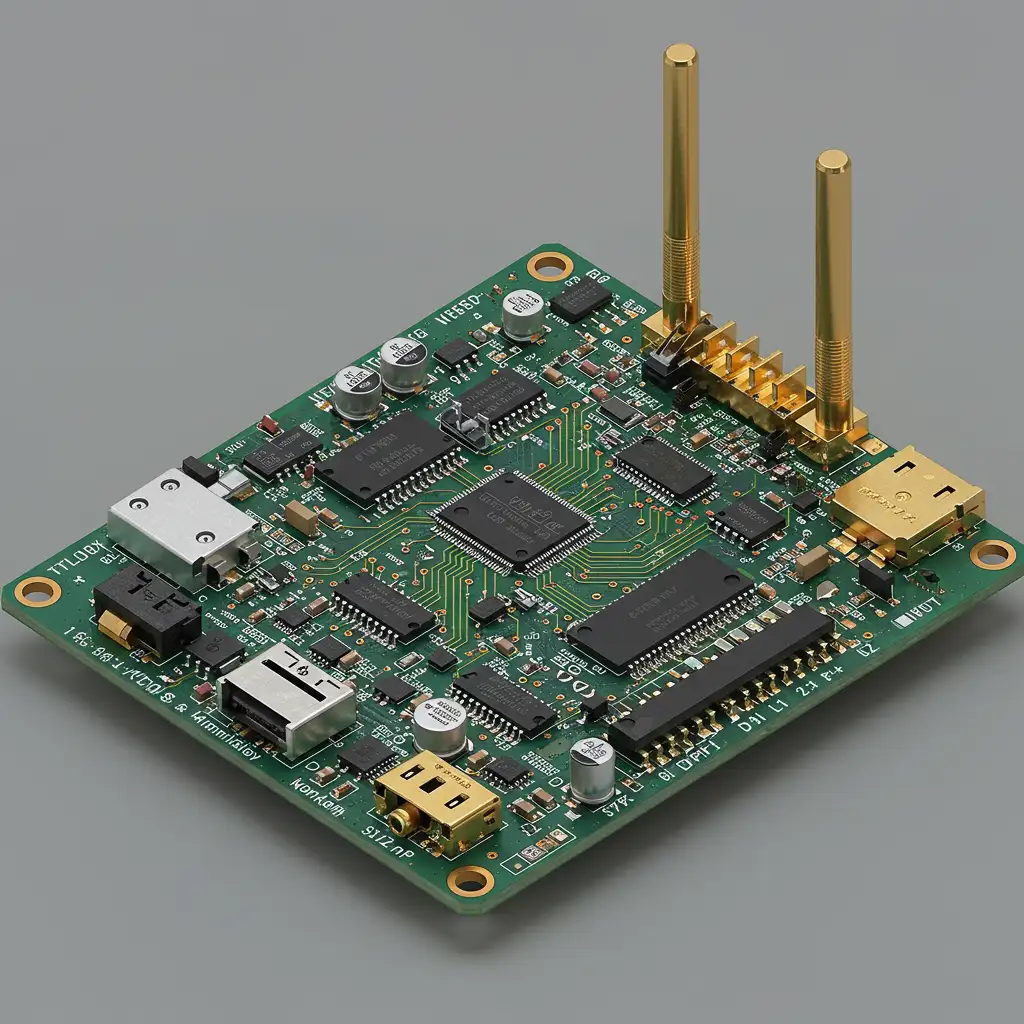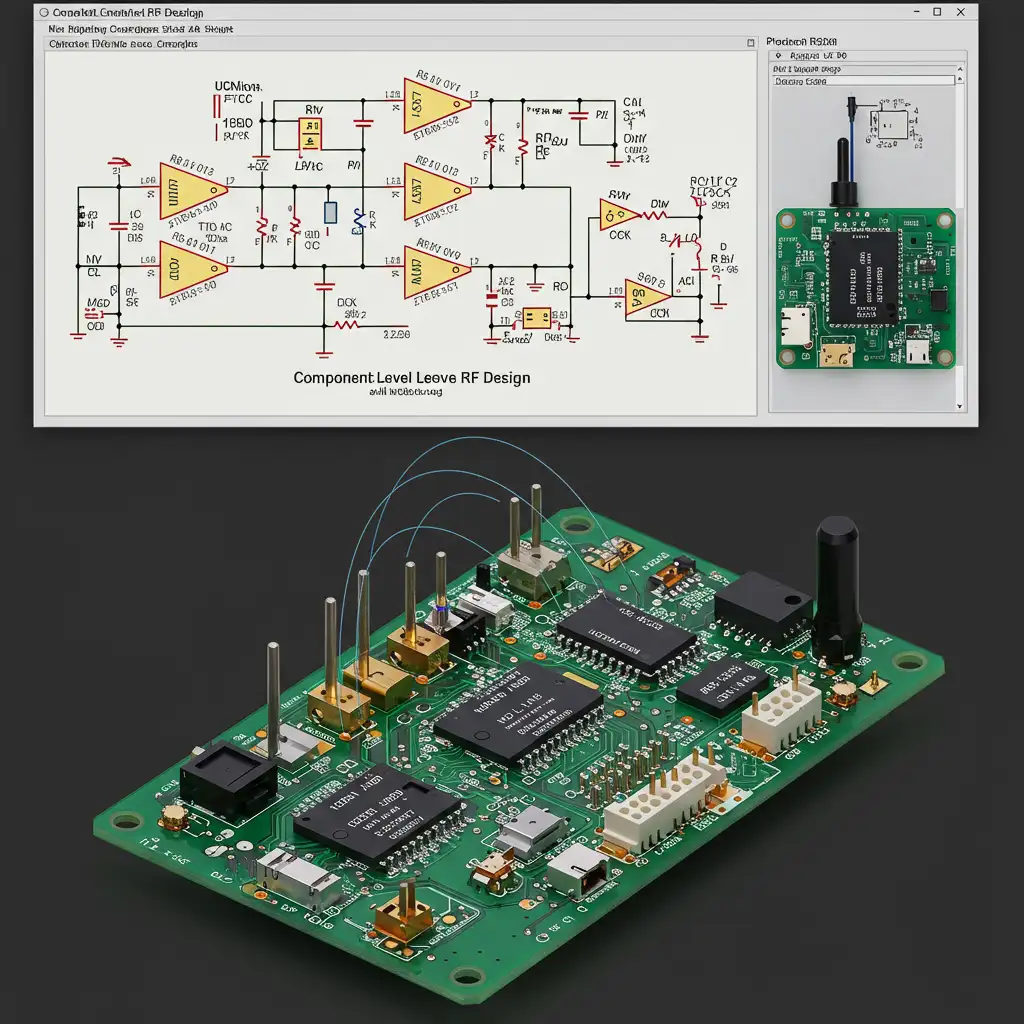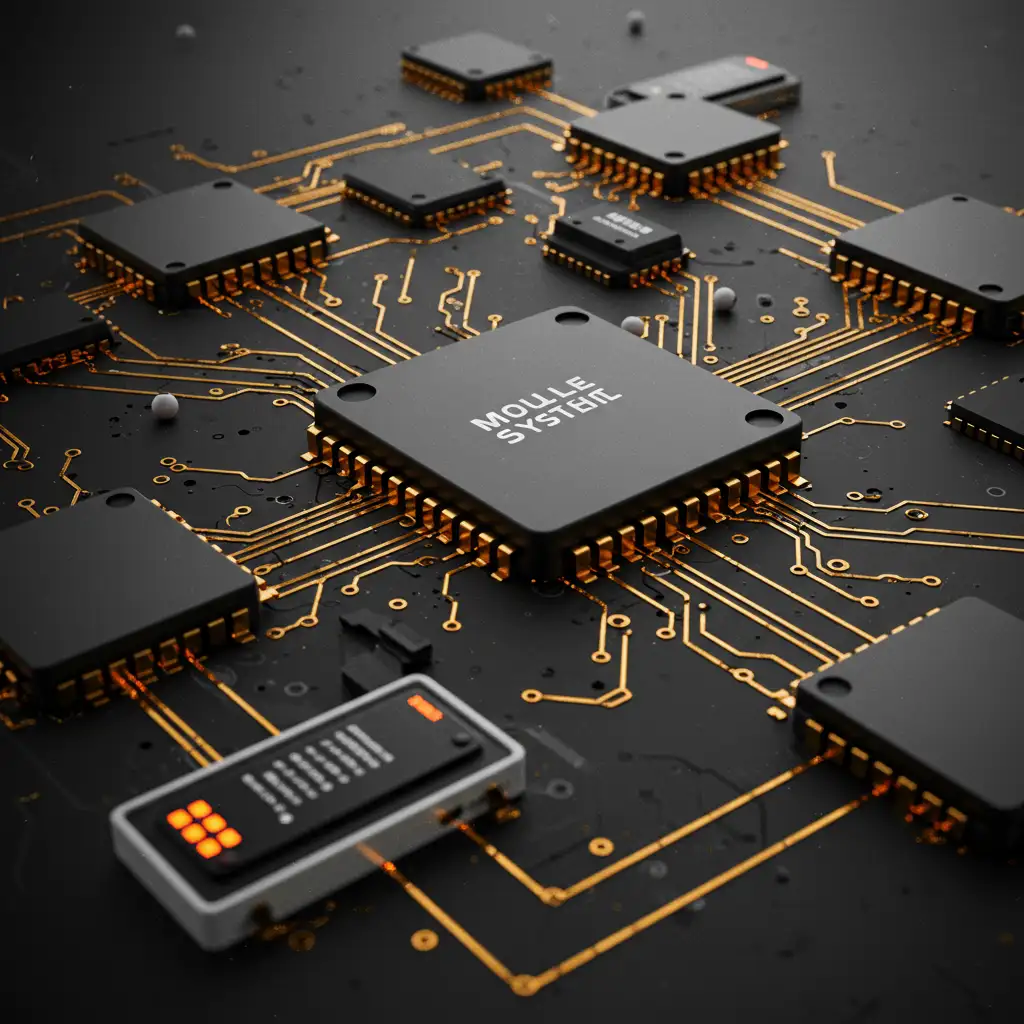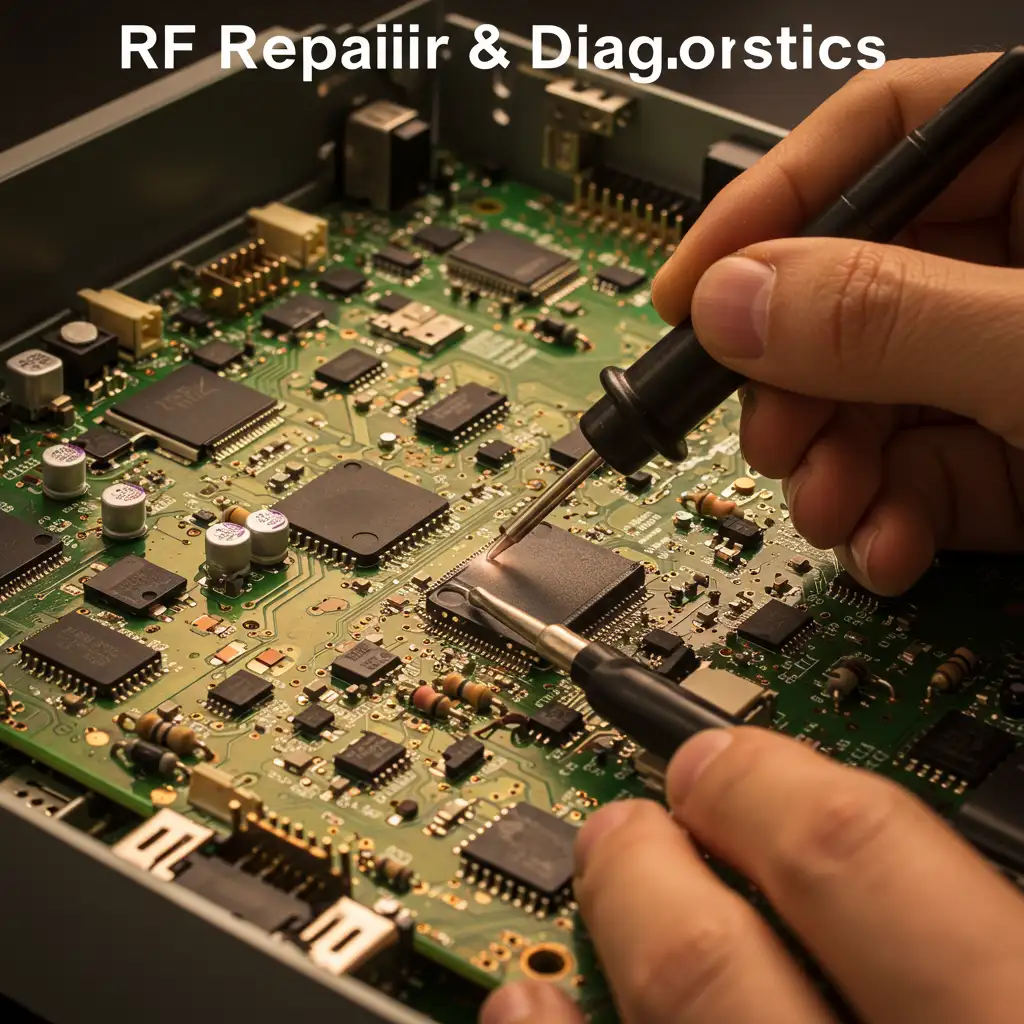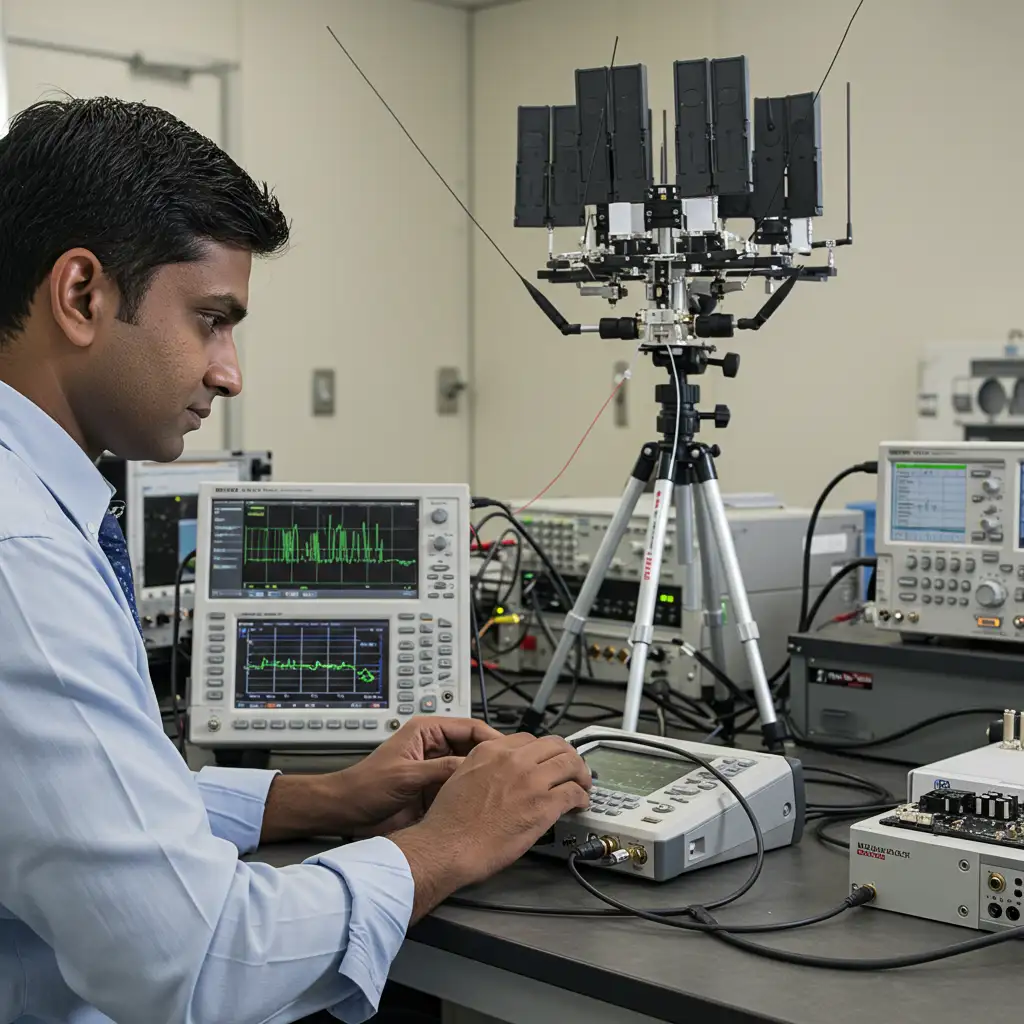RF Microwave Technology: The Backbone of Modern Wireless Communication
RF Microwave technology, operating within frequencies up to 300 GHz, is a foundational element in today's wireless infrastructure. From mobile networks and satellite communications to radar and Bluetooth, it enables fast, reliable signal transmission across vast distances. In this comprehensive guide, you’ll learn how to choose the right RF and microwave components to boost the stability, performance, and efficiency of your wireless communication systems.
What is RF Microwave Technology?
RF (Radio Frequency) Microwave refers to the portion of the electromagnetic spectrum ranging from approximately 300 MHz to 300 GHz. Originally developed by Western Union in the 1940s to transmit messages between New York and Philadelphia, this technology soon became a preferred method for data transmission. Today, it remains an essential solution in regions where cable installation is costly or impractical—such as mountainous or rural areas.

Key Characteristics of RF Microwave Technology
RF microwave systems transmit high-frequency electromagnetic waves, offering the following benefits:
- High bandwidth and low latency
- Long-distance signal transmission
- Stable performance even in dense communication environments
Top Applications of RF Microwave Technology
- Mobile and 5G Networks
Microwave frequencies between 24 GHz to 100 GHz power 5G technologies, supporting high-speed data, low latency, and massive device connectivity. This is vital for industries utilizing VR/AR, autonomous driving, and smart infrastructure.

- Satellite Communication & Aerospace
Frequency bands like 4–8 GHz and 12–18 GHz enable stable, long-range communication between satellites and ground stations. Applications include:
- Weather forecasting
- GPS navigation
- Disaster monitoring
- Space exploration
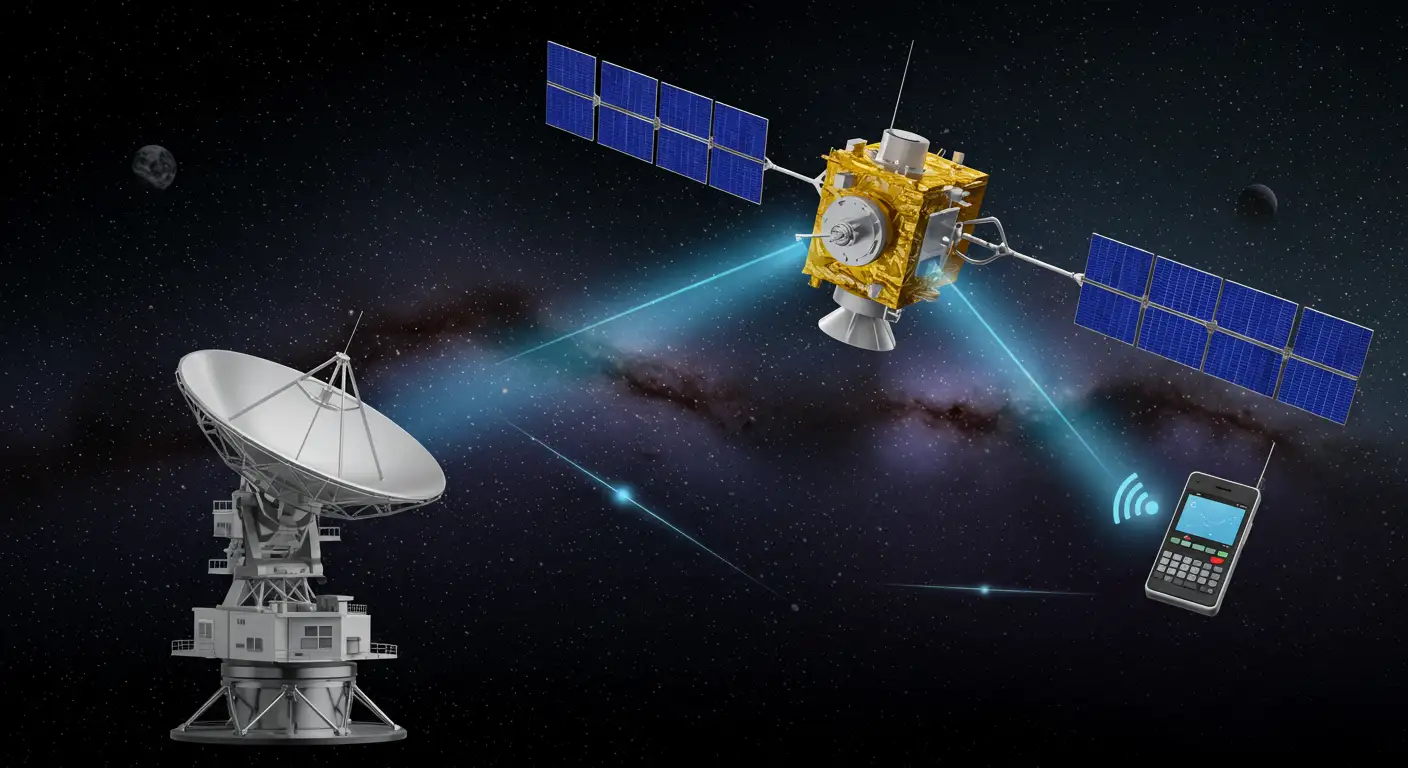
- Defense & Military Radar
Microwave systems are at the core of military radar, helping detect object location, speed, and range. Integrated with electronic warfare and early-warning systems, they enhance national defense and airspace monitoring.
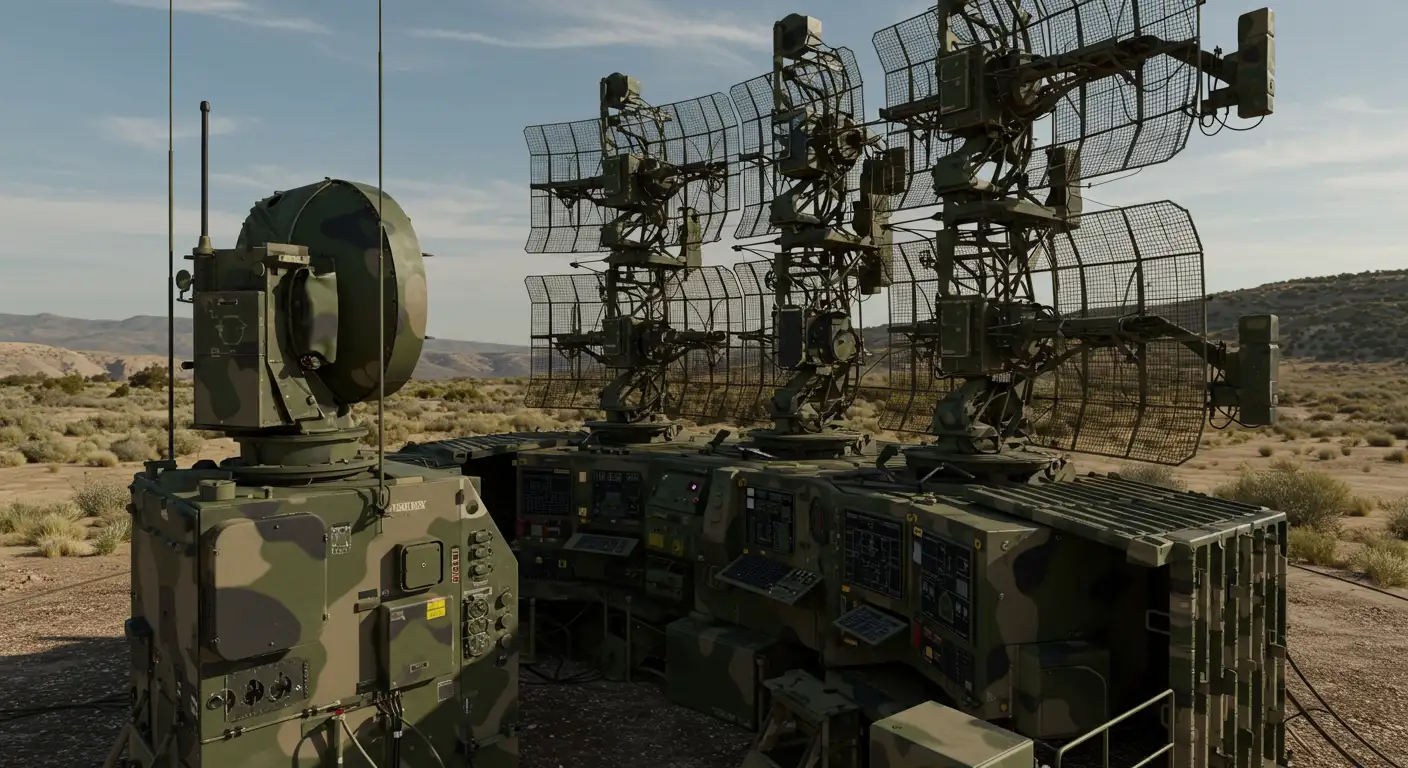
- Alarm Monitoring & Network Systems
Digital Microwave RF enhances:
- Data transfer rates
- Real-time system monitoring
- Fault detection and repair
This is widely used in telecom, security systems, and enterprise networks for ensuring 24/7 network reliability.
- RF Test and Measurement
RF/microwave testing ensures that communication systems comply with performance and safety standards. Instruments like Vector Network Analyzers (VNAs) measure electromagnetic properties, validate materials, and verify component efficiency.
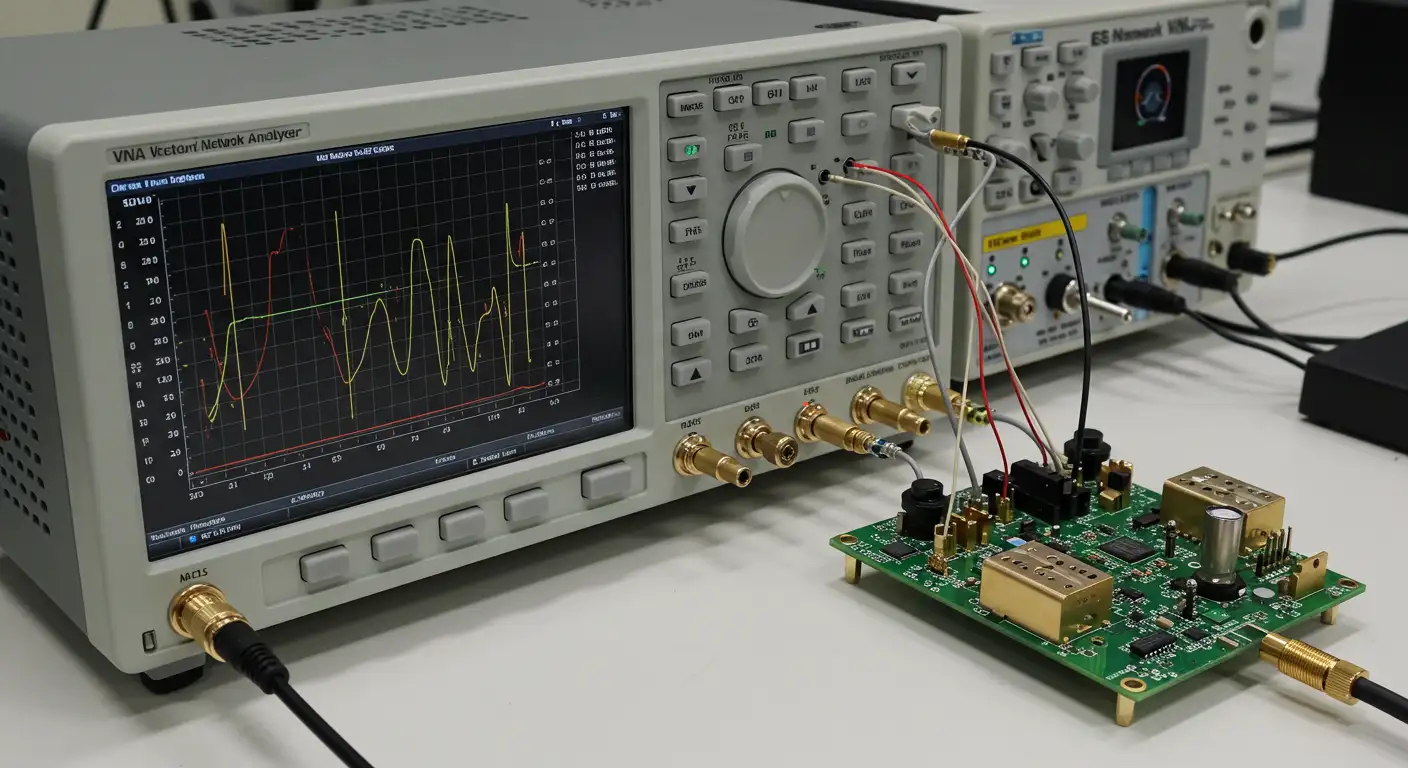
Industry Use Cases
RF microwave technology is not limited to communication. Its applications span multiple industries:
- Food Industry: Efficient heating, drying, and sterilization
- Industrial Manufacturing: Rapid drying of materials like silicon dioxide or polyamide
- Chemical Processing: Improved extraction and synthesis of raw materials
- Energy Sector: Hydrogen production via RF plasma technology
- Semiconductors: Plasma-based etching for microchip fabrication
- Scientific Research: Used in particle accelerators, material studies, and ceramic sintering
Essential RF Microwave Components for High Performance
To build an optimized RF Microwave system, it's crucial to select quality components. Here’s a breakdown of the most important ones:
- RF Coaxial Connectors: Link cables to circuits for stable high-frequency signal flow.
- RF Adapters: Convert between connector types (e.g., SMA to N-type).
- RF Cable Assemblies: Carry signals via coaxial cables, microstrip lines, or waveguides.
- RF Antennas: Available in types like dipole, monopole, and directional for various coverage needs.
- RF Filters: Isolate or block specific frequencies to reduce interference.
- RF Mixers: Combine multiple frequencies for modulation or conversion.
- RF Oscillators: Generate stable reference signals for timing and frequency control.
- RF Amplifiers: Boost signal strength with minimal noise.
- RF Couplers & Dividers: Distribute or combine RF signals across different paths.
- Modulators/Demodulators: Handle the encoding and decoding of data signals.
- RF Integrated Circuits (RFICs): Compact chips that handle amplification, filtering, and frequency conversion.
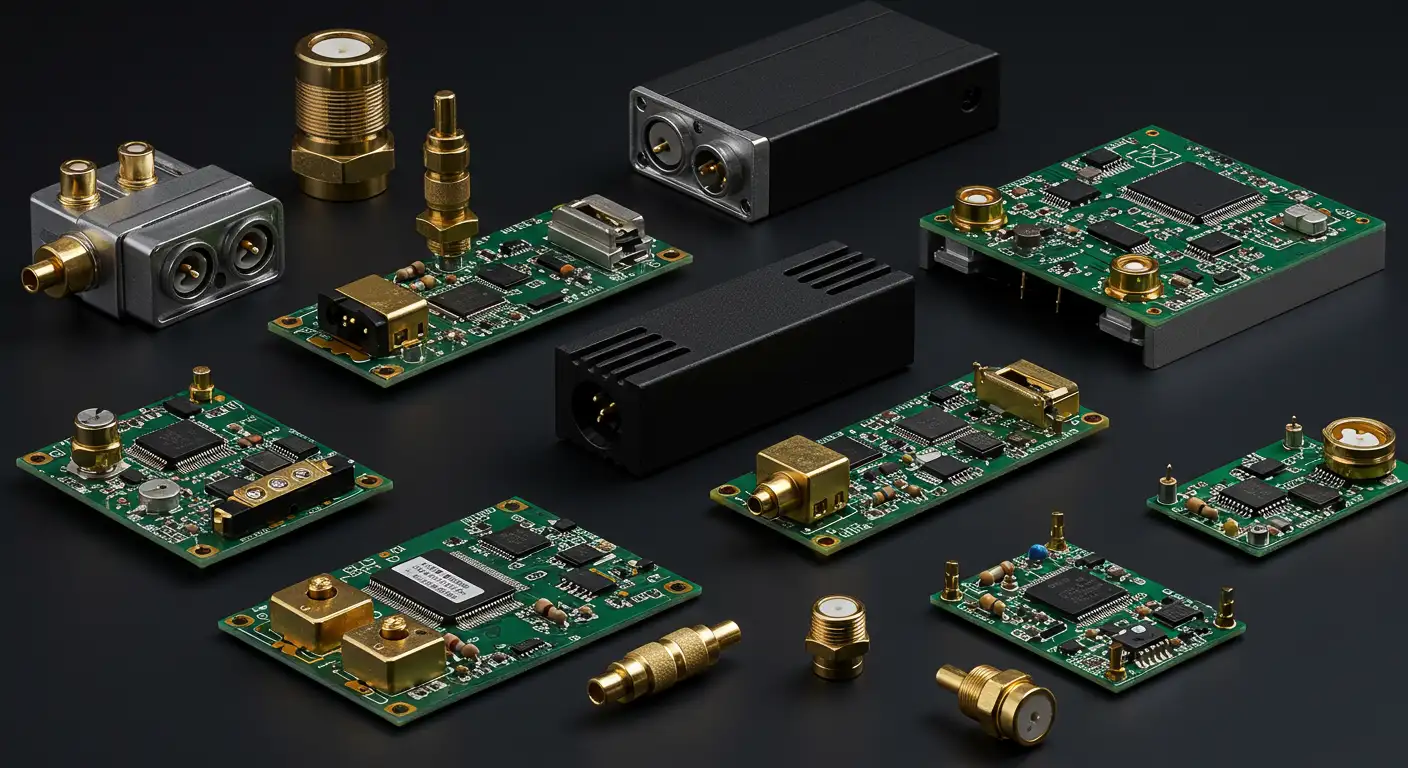
FAQs: Understanding RF Microwave Systems
Q1: What's the difference between RF and Microwave?
While both belong to the electromagnetic spectrum, RF spans from 3 kHz to 300 GHz, while Microwaves typically refer to frequencies from 300 MHz to 300 GHz. Microwaves are ideal for high-resolution, high-speed applications and are a subset of the broader RF range.
Q2: Where are RF Coaxial Connectors used?
These connectors are widely used in:
- Mobile and satellite communication
- Broadcasting systems
- Radar
- In-building signal distribution (e.g., tunnels, subways)
They minimize signal loss and ensure secure, high-frequency transmission.
Q3: How to Choose the Right RF Cable?
When selecting cables, consider:
- Operating frequency range
- Distance of transmission
- Environmental resistance
- Impedance matching
You can adjust impedance by changing the circuit layout or modifying transmission line properties.
Conclusion
RF Microwave technology is a crucial enabler for advanced wireless communication systems, offering reliable, high-frequency data transmission across numerous sectors including aerospace, defense, energy, and industrial automation. The performance of any RF system heavily depends on the quality and configuration of its components—from connectors and antennas to filters and amplifiers.
Looking to build or upgrade your RF microwave setup? Explore Huang Liang Technologies for premium RF connectors, adapters, and complete RF solutions tailored to your application.
Get in touch for expert advice and product recommendations.
